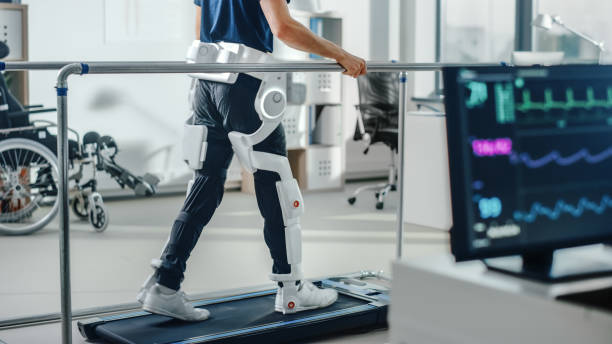Advancing Business Operations through Industrial IoT (IIoT)
Introduction: With the ever-changing business landscape, companies are constantly seeking innovative ways to improve their operations. One such strategy is the adoption of Industrial Internet of Things (IIoT), a technology that's reshaping traditional business models and creating new opportunities for growth.

The Emergence of IIoT: A Historical Overview
The Industrial Internet of Things (IIoT) is a subset of IoT, which refers to the interconnection of computing devices embedded in everyday objects, enabling them to send and receive data. IIoT, however, specifically applies this concept to the industrial sector, including manufacturing, logistics, oil and gas, transportation, energy/utilities, mining and metals, aviation, and other industrial sectors.
This technology began to take shape in the early 2000s when wireless technology became more prevalent. Over the past two decades, the development of advanced sensors and machine-to-machine communication has significantly expanded the potential of IIoT. Today, it’s a key driver of the fourth industrial revolution, also known as Industry 4.0.
IIoT in Today’s Business World
Adopting IIoT has become increasingly popular in recent years, with many industries harnessing the power of this technology to streamline their operations and boost productivity. IIoT enables real-time monitoring and control of industrial operations, predictive maintenance of machinery, improved supply chain efficiency, and a host of other benefits that result in cost savings and increased profitability.
However, implementing IIoT is not without its challenges. Concerns about data security, the cost of investment in new technologies, and the need for skilled personnel to manage and interpret the vast amounts of data generated by IIoT are significant hurdles that businesses must overcome.
The Influence of IIoT on Business Strategies
IIoT has the potential to revolutionize business strategies. By leveraging real-time data and machine learning algorithms, companies can make more informed decisions, optimize their operations, and create a more agile and responsive business environment.
However, the successful integration of IIoT requires a shift in traditional business models. Companies need to invest in training and development to equip their workforce with the necessary skills to manage and exploit the potential of IIoT.
Insights for Successful IIoT Adoption
-
Start small and scale-up: Businesses should start with a small, manageable IIoT project to test the waters and gain a better understanding of the technology before scaling up.
-
Prioritize security: With the increase in data comes the need for robust security measures to protect sensitive information.
-
Invest in training: Building a workforce that can effectively use IIoT technology is crucial for successful adoption.
The Future of IIoT
The future of IIoT is promising, with advancements in AI and machine learning set to further enhance its capabilities. As businesses continue to embrace digital transformation, the adoption of IIoT will likely become a standard business practice, providing companies with a competitive edge in the increasingly digital global economy.
In conclusion, while the adoption of IIoT presents its own set of challenges, its benefits in terms of operational efficiency, cost savings, and improved decision-making make it a worthwhile investment for businesses seeking to stay ahead in a rapidly evolving industrial landscape.





